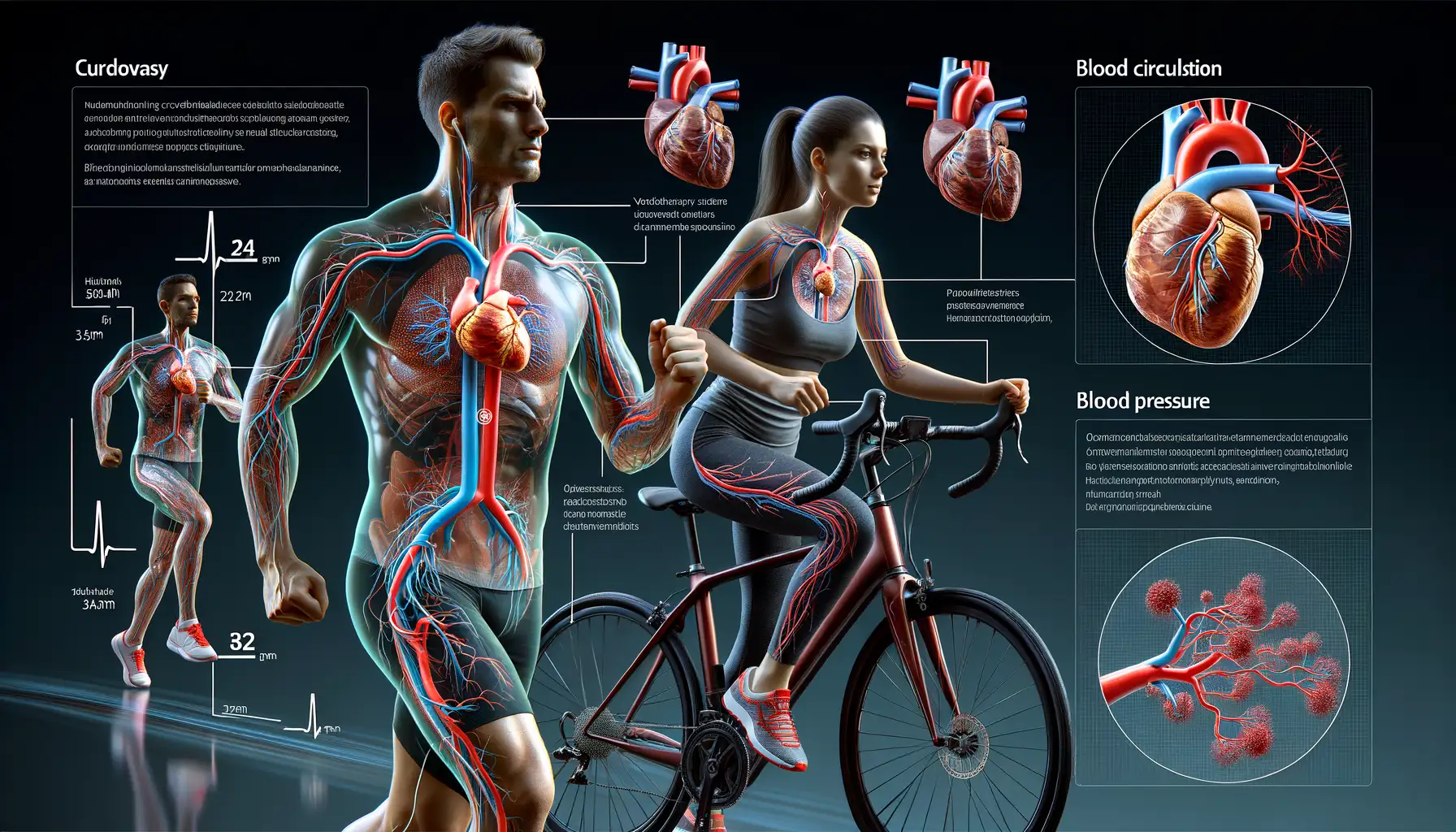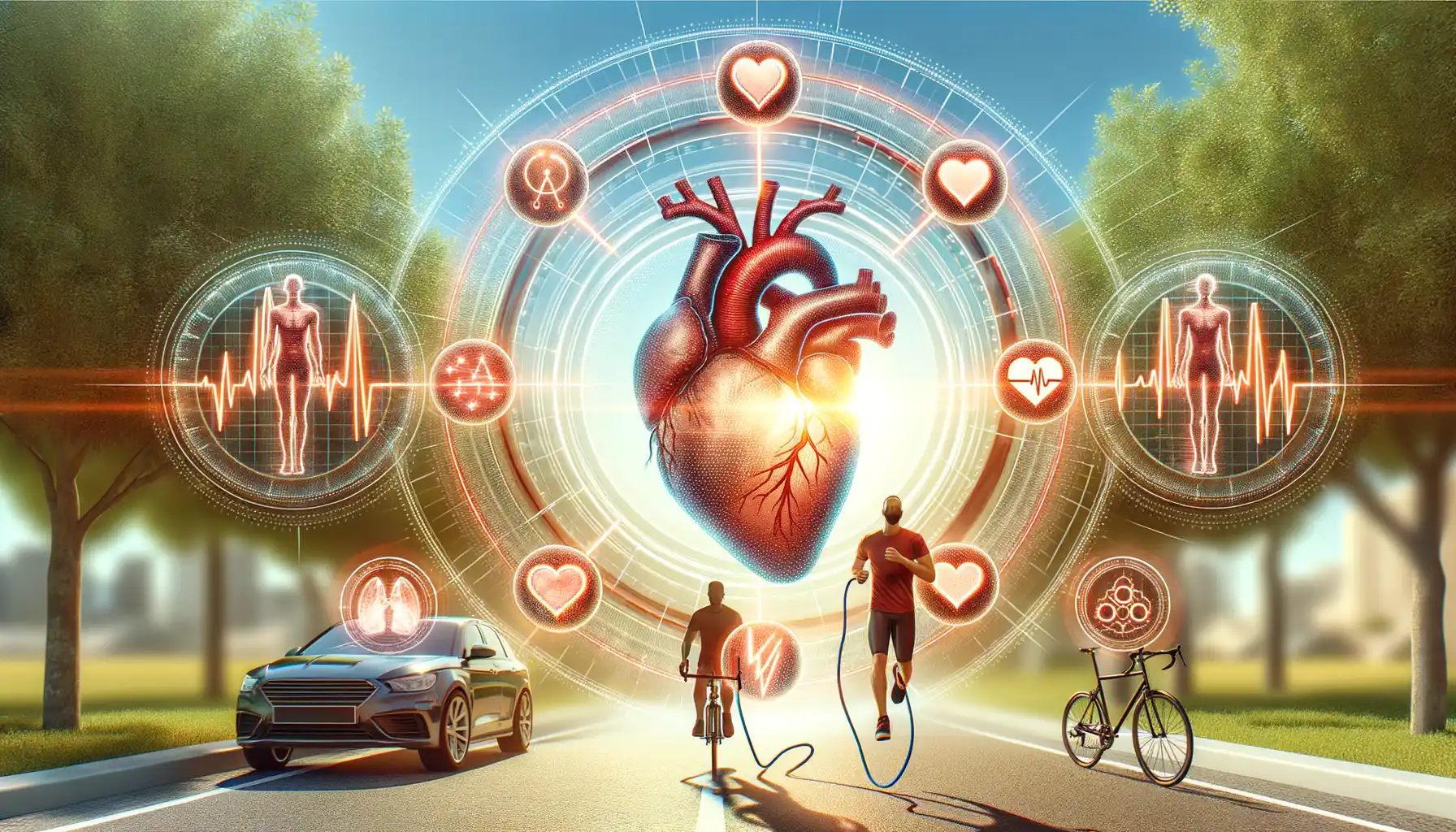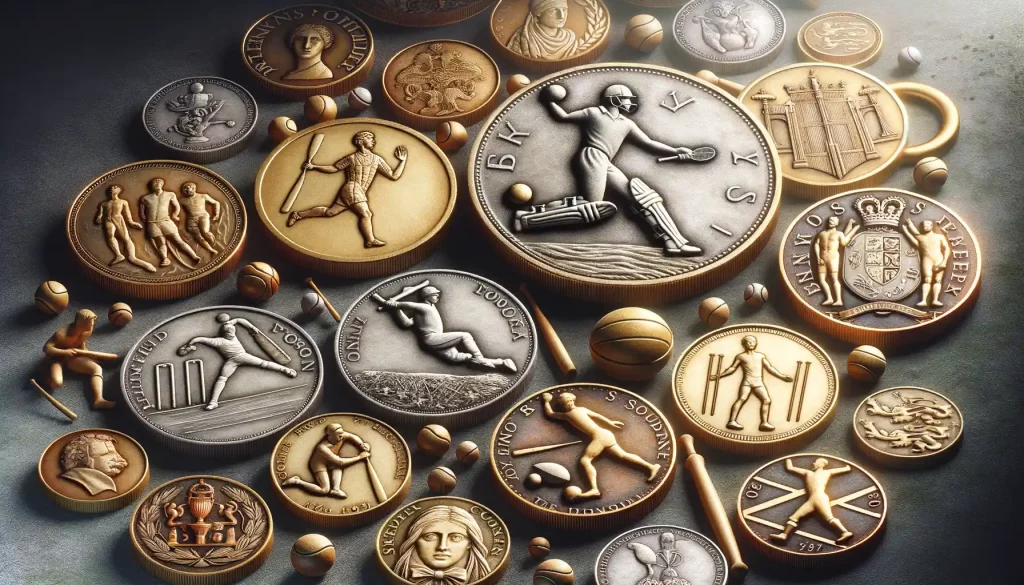
The Impact of Cardio Workouts on Your Heart Health
Benefits of Cardio Workouts for Heart Health
Why Your Heart Thrives on Cardio
Imagine your heart as the hero of your body—a tireless engine working 24/7 to keep you alive. But even the most reliable engines need maintenance. That’s where cardio workouts come in! Cardio exercise is like a tune-up for your heart, keeping it strong, efficient, and ready to tackle life’s daily demands.
Here’s how: when you engage in sustained physical activities like running, brisk walking, or cycling, your heart pumps harder and faster, building its strength over time. A stronger heart doesn’t need to work as hard to circulate blood, giving you a steady rhythm even during stressful moments. It’s like upgrading your body’s fuel economy—you’ll feel more energy with less effort!
- Reduces risk of heart disease: Consistent cardio lowers bad cholesterol (LDL) while boosting good cholesterol (HDL).
- Improves oxygen flow: Better circulation means every cell in your body gets its fair share of oxygen-rich blood.
- Stress buster: Cardio floods your system with mood-lifting endorphins, easing the strain on your ticker.
With every stride, pedal, or swim, you’re not just burning calories—you’re cultivating a healthier, happier heart.
Types of Cardio Exercises to Strengthen the Heart

Get Your Heart Pumping with These Exciting Activities
When it comes to strengthening your heart, not all cardio exercises are created equal. The beauty of cardio is its diversity—you can choose what fits your vibe. Whether you’re an early bird lacing up for a morning jog or someone who prefers to dance their stress away, there’s something for everyone.
If you’re itching for ideas, try these timeless heart-boosters:
- Running: A classic that never goes out of style. It’s like giving your heart a warm hug but faster!
- Swimming: Perfect for those who love the water and need a low-impact, full-body burn.
- Cycling: Whether outdoors or on a stationary bike, this is pure joy in motion (plus, amazing thigh strength).
- Dance Workouts: Zumba, hip hop, or even freestyle in your living room—let your feet do the talking!
Unexpected Heroes of Cardio Exercise
Let’s not forget the underrated champions. Brisk walking may sound simple, but don’t be fooled—it’s a heart-health powerhouse. Meanwhile, a hidden treasure like rowing will have your heart revving and muscles rejoicing. And have you felt the thrill of jumping rope lately? Not just for kids, it’s a workout that’ll leave you energized and your heart singing its happy tune.
How Cardio Affects Blood Pressure and Circulation

Why Blood Pressure Loves a Good Cardio Session
Picture your heart as a diligent pump, tirelessly sending blood surging through your body. When you engage in cardio—whether it’s a brisk morning jog or a sweaty dance class—this pump gets a workout of its own. But here’s the magic: cardio doesn’t just stress your heart; it teaches it balance.
When your heart strengthens, it can pump more blood with each beat. This means your heart doesn’t need to work overtime, reducing your resting heart rate and, yes, lowering that blood pressure. Think of it as a “spa day” for your cardiovascular system.
Cardio also helps dilate blood vessels, improving circulation. It’s like turning narrow side streets into wide-open highways, allowing blood to flow freely. And better circulation? That’s your body’s way of delivering oxygen faster while sweeping away toxins.
- Improved artery flexibility for smoother blood flow
- Decreases in “bad” LDL cholesterol levels
- Boosts in “good” HDL cholesterol to protect heart health
Endorphins and Oxygen: The Feel-Good Ripple Effect
Let’s not forget the cherry on top—endorphins. During cardio, those feel-good chemicals flood your system, reducing stress. And since stress can push blood pressure into the danger zone, this relief is nothing short of a gift. Breath deeper, feel lighter, and know that every step or pedal stroke is bringing your body into harmonious rhythm.
Frequency and Duration of Cardio for Optimal Heart Health

Your Weekly Cardio Prescription
When it comes to keeping your heart in tip-top shape, the secret lies in the sweet spot of *how often* and *how long* you get moving. Think of your cardio routine as a prescription for vitality! For most people, the magic number is **150 minutes of moderate-intensity exercise per week**, like brisk walking or cycling. Prefer to up the tempo? Then aim for **75 minutes of vigorous activity**, such as running or swimming laps.
But don’t let these numbers feel rigid—spread your sessions out across the week however you like. Need a visual cue? Try breaking it down into 30-minute doses, five days a week. Even 10-minute bursts can add up; it’s all about consistency!
- Moderate: Walk fast enough that you feel warm but can still chat.
- Vigorous: Push until talking becomes tricky—but not impossible!
The Balance Between Effort and Recovery
Don’t forget, your heart is a muscle too. Just as it needs challenge, it craves downtime to rebuild stronger. Sprinkle in at least one rest day per week to let your body recharge. And listen to your energy levels—shorter sessions are okay if life gets hectic. After all, this journey is about progress, not perfection.
Tips for Safe and Effective Cardio Workouts

Listen to Your Body and Start with the Basics
Jumping straight into an intense cardio session is like trying to run a marathon without tying your shoes first. If you’re just starting out or getting back after a break, begin with low-impact exercises like walking or cycling at a gentle pace. Pay close attention to how your body feels—your breathing, your energy levels, even your mood. If something feels off or you’re gasping like a fish out of water, slow down. A sustainable pace is key to progress, not burning out.
Smart Tips to Stay Safe and Build Stamina
Cardio isn’t just about moving; it’s about moving right. Here are some small but mighty tips:
- Warm-up Religiously: Spend 5–10 minutes easing into motion with dynamic stretches or light jogging—it’s your heart’s way of waking up slowly.
- Stay Hydrated: Cardio can leave you sweating buckets, so keep water handy to avoid an unwanted “crash landing.”
- Mix It Up: Alternate between high-intensity intervals and steady-state cardio to challenge your heart without monotony.
- Invest in Good Shoes: Yes, those tired sneakers matter! The right footwear prevents injuries and keeps you comfortable during longer sessions.
Above all, remember this: cardio should feel empowering—not punishing. Train smart, and let your heart guide you!
You may also like
Latest Articles
- Old Age Is a Joy Nowadays: Free Games That Will Help to Boost Your Memory

- The Historical Significance of Coins Depicting Sports

- Mental Training for the Self: How to Stay You Without Disappearing in Others

- Why Strength and Conditioning Are Vital for Athletes

- How to Organize a Fitness Fundraiser with a Coin Collecting Twist

Calendar
| M | T | W | T | F | S | S |
|---|---|---|---|---|---|---|
| 1 | 2 | 3 | 4 | 5 | ||
| 6 | 7 | 8 | 9 | 10 | 11 | 12 |
| 13 | 14 | 15 | 16 | 17 | 18 | 19 |
| 20 | 21 | 22 | 23 | 24 | 25 | 26 |
| 27 | 28 | 29 | 30 | 31 | ||
